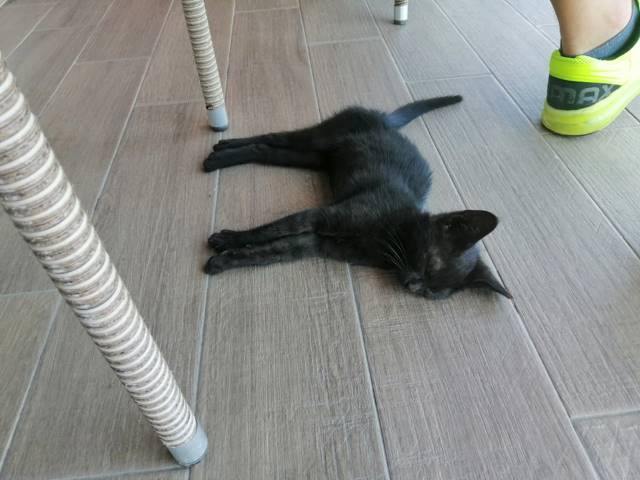When considering the decor of our homes, the addition of potted plants invariably brings both aesthetic and therapeutic benefits. Among succulent enthusiasts, Kalanchoe is a popular choice due to its vibrant blooms and relatively low maintenance requirements. However, as we welcome these verdant companions into our living spaces, a question looms for pet owners: Are Kalanchoe truly safe for our beloved cats and dogs? A perplexing conundrum dances at the forefront of our minds, leading us to delve into the intricacies of Kalanchoe toxicity.
Understanding the composition of Kalanchoe is crucial for responsible pet ownership. This succulent belongs to the Crassulaceae family, encompassing a range of species, some of which possess varying levels of toxicity. This brings us to a potentially unsettling challenge; while some Kalanchoe varieties are harmless, others may pose significant health risks to our furry companions. Armed with knowledge, one can make informed decisions regarding the placement of these plants in pet-friendly environments.
First, it is essential to delineate the types of Kalanchoe species commonly found in households. The species Kalanchoe blossfeldiana, often referred to as Flaming Katy, is particularly prevalent due to its cheerful clusters of flowers. However, it is notorious for containing compounds known as bufadienolides, which can be deleterious to cats and dogs. Ingestion of any part of the plant, including the leaves and flowers, can lead to a spectrum of symptoms ranging from mild gastrointestinal distress to more severe reactions, such as cardiac complications. Consequently, pet owners must remain vigilant about the presence of Kalanchoe in their homes.
In light of this knowledge, how can one determine if the Kalanchoe in their possession is safe? The key lies in education and vigilance. Familiarizing oneself with the Kalanchoe species presents the first line of defense against potential toxicity. Reading labels, researching plant varieties, and consulting local horticulturists or veterinary professionals contribute significantly to understanding which types to avoid. Furthermore, integrating non-toxic plants into the home decor may present an alternative solution for the eco-conscious pet owner.
Monitoring pet behavior is another pivotal aspect of ensuring safety. Cats and dogs are known for their inquisitive natures, often leading them to explore new plant arrivals with a fondness that can border on mischief. Any sudden changes in appetite, lethargy, vomiting, or diarrhea should prompt an immediate examination of the plants in the vicinity. It is vital to have contact information for a veterinarian readily available in case of emergencies. A proactive approach can help mitigate risks associated with Kalanchoe toxicity.
While the focus often rests on Kalanchoe species, it is worthwhile to consider the broader implications of plant toxicity among houseplants. The presence of non-toxic alternatives to Kalanchoe can enrich home environments without subjecting pets to perilous threats. Varieties such as spider plants, bamboo palms, and Boston ferns can coexist harmoniously with our feline and canine companions, providing beauty without risk. Understanding the toxicities and benefits associated with various plant species equips pet owners with the knowledge needed to create harmonious living spaces.
In discussing Kalanchoe toxicity, one must also explore how cultural perceptions of plants influence their use and integration into pet-friendly environments. For instance, in certain cultures, Kalanchoe is not only appreciated for its aesthetic qualities but is also held in high regard for medicinal properties. Nevertheless, what may be viewed as benign in some contexts can present peril in others. The dichotomy between cultural appreciation and potential toxicity illustrates the importance of respectful understanding when incorporating plants into homes shared with pets.
Ultimately, every plant comes with its set of responsibilities. Kalanchoe, with its mix of charm and potential hazards, is no exception. Proper education is the cornerstone of ensuring a safe environment for both plants and pets, serving as a reminder that diligence is key in our roles as caretakers. A deep understanding of the Kalanchoe species present in one’s home will illuminate the path forward, allowing pet owners to enjoy the vibrant hues of these succulents without fear.
In conclusion, while Kalanchoe may pose certain risks, informed pet owners can successfully mitigate these challenges. Knowledge of toxic and non-toxic plant varieties, combined with awareness of pet behavior and health, provides a solid foundation from which to approach plant care. With careful consideration, one can harmoniously merge the beauty of Kalanchoe with the safety of pets, ultimately cultivating an environment that nurtures both our green companions and our furry loved ones.





Leave a Comment